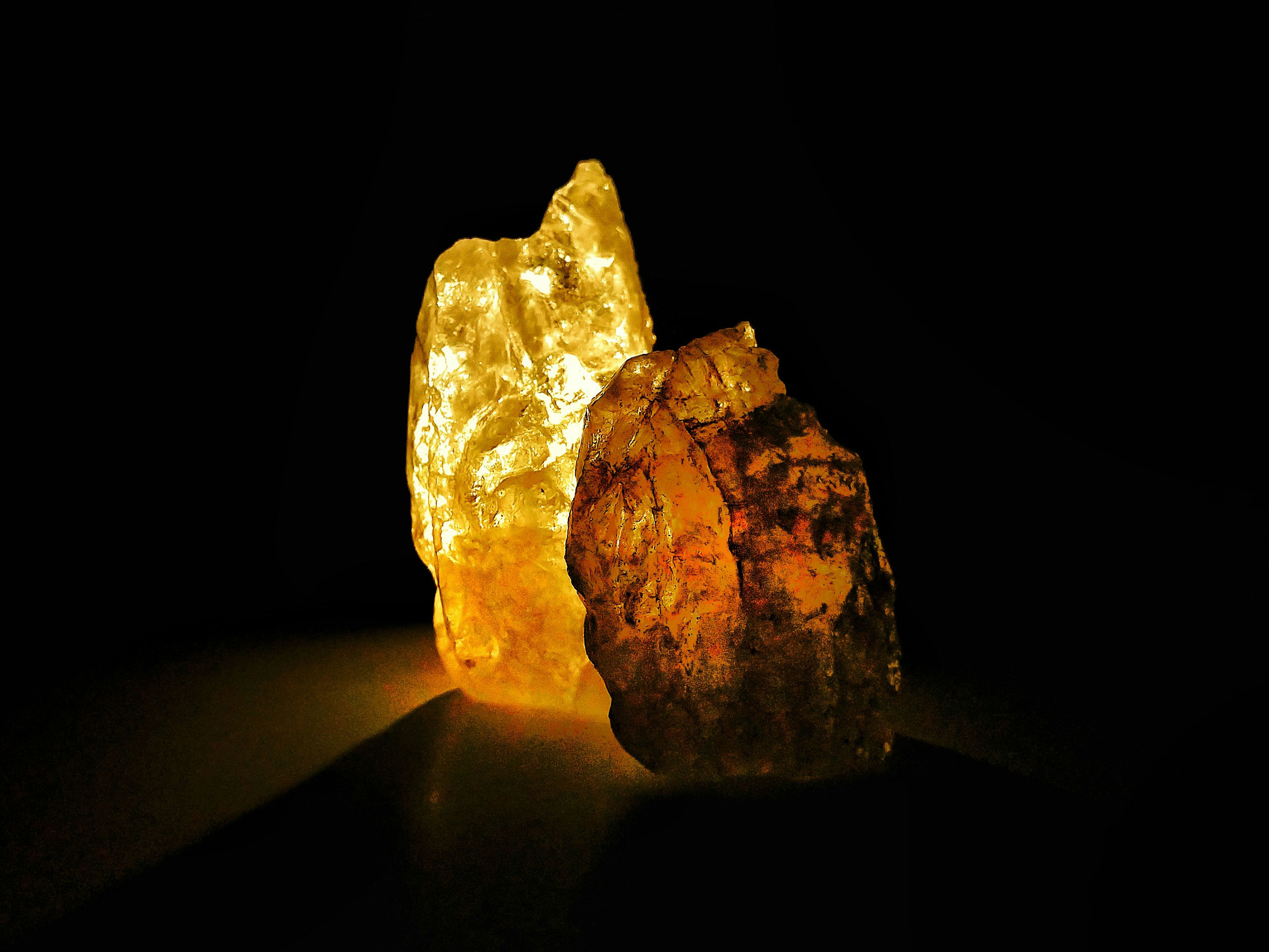Biochar is the new black gold
The value behind biochar goes deeper than agriculture. Learn about its hidden benefits and the mad dash to make the most of them.
17 Jan 2025

There's a fever that takes hold when we figure out something is valuable. One lucky person figures it out first. They reap the benefits, but others aren't far behind.
When the rush was for literal gold, the value was clear. Gold was the very definition of value. When oil came into the picture, the value was clear. The whole world ran on oil. The sky was the limit for how much you could get your hands on.
But can waste biomass really become the next gold? Between its highly engineered processing, the nuances of carbon sequestration, the soil science of microbiomes, and the hard realities of the agriculture business, there are a few degrees that separate a pile of branches and healthy food on our plates.
We're excited about what biochar can bring to agriculture right here, right now, but there are other sectors where we expect biochar to make major contributions. Within arm's reach is its application as feedstock additive. One study outlined how biochar can help livestock with mitigating pesticides and environmental toxins, drugs, and plant toxins. When applied to chicken feed, weight gain can be as high as 160%. Co-benefits are abound, including reduced enteric methane emissions, feed conversion rate increase, improved meat quality, and reduced mortality and pathogens.
Beyond the farm, biochar shows promise in the construction sector. Another study shows how once added to concrete, biochar can improve strength, heat resistance, and durability. Concrete production remains a major source of global emissions, but biochar stands to offset them by sequestering carbon.
Biochar is versatile enough to take it to some surprising industries. This includes fashion. Early research has shown that biochar can be applied to cotton to make it more hydrophobic. For a fabric well-known for its absorbency, this is a big upgrade. In textile production, biochar can absorb dye out of wastewater, minimizing local pollution.
Graphite is a major component in battery cells, and biochar fits the bill. Multiple studies have examined the use of biochar as a primary anode material in this capacity. Being able to sequester carbon into our batteries in addition to avoiding fossil fuel transportation emissions can help further drive us towards a net-zero future with EVs.
Given all of this promise, it's no surprise to see biochar producers ramping up dramatically over the last few years, and investments not far behind. Google has recently committed to a 100,000-ton biochar purchase, the largest to date. Another agreement with Carbonfuture secured 70,000 metric tons of biochar carbon removal. A joint biochar venture in Canada has drawn over $43 million in investment. This is only the beginning for the momentum behind biochar.
At C6B, we're the lucky early ones. Plotting a path to value was a bit trickier than the gold rush, but we're all-in. Once the world sees how it helps us meet growing demands on multiple fronts while also being environmentally sensible, the rush will be on. While some of the early players have sheepishly dipped their toes in the pool, C6B is going big with its large-scale pyrolysis operation.
Biochar is the new black gold, and we are among the first to stake a claim.